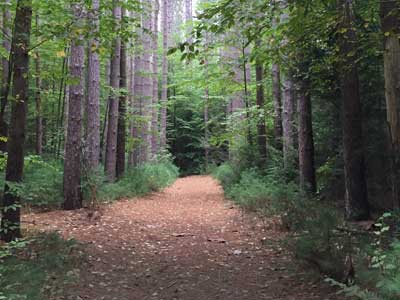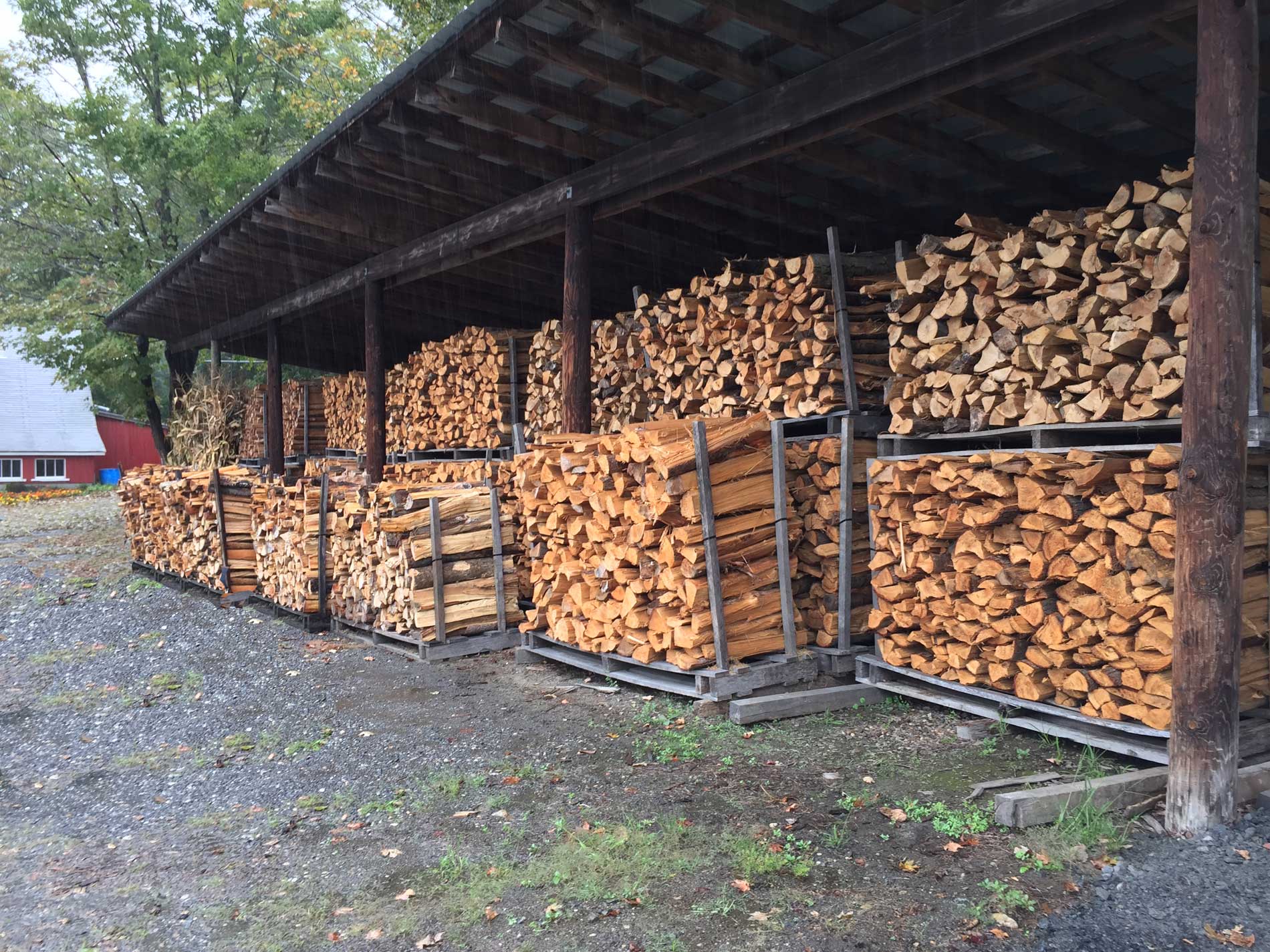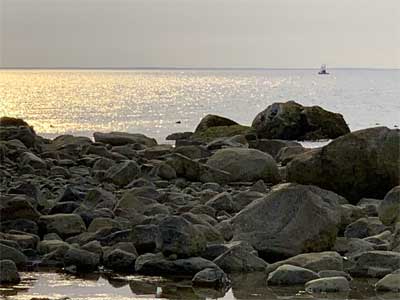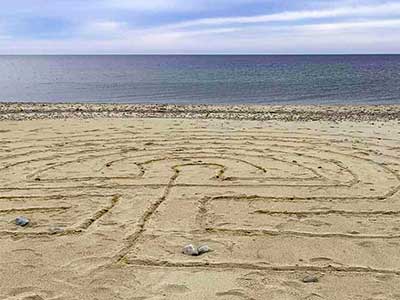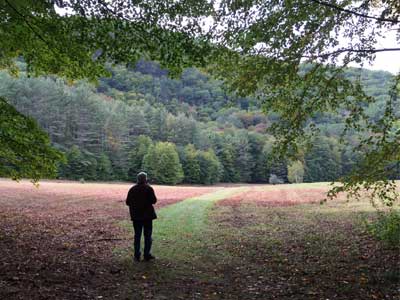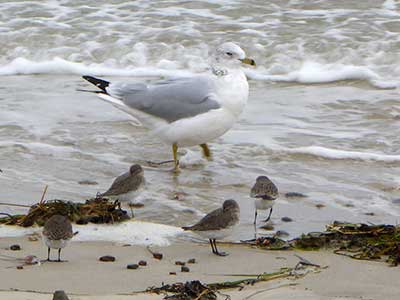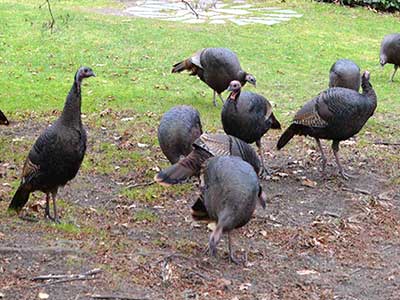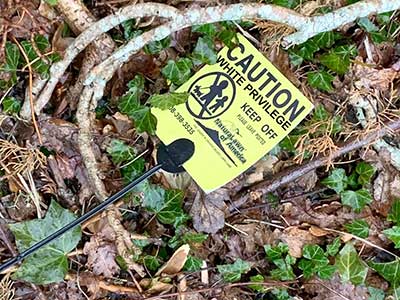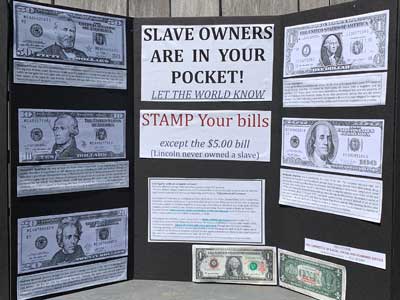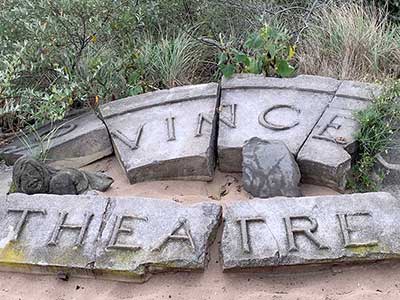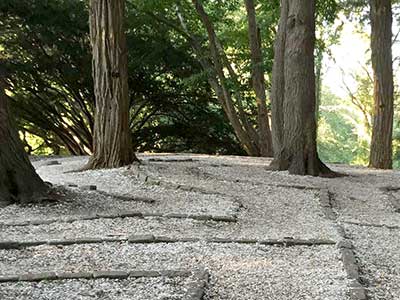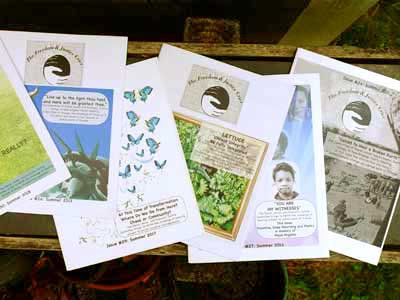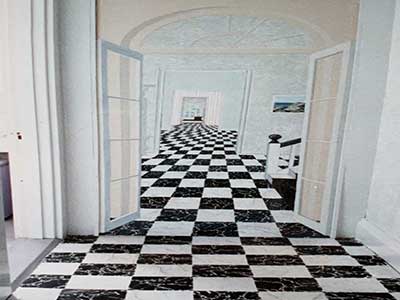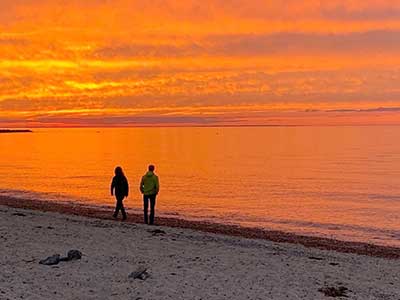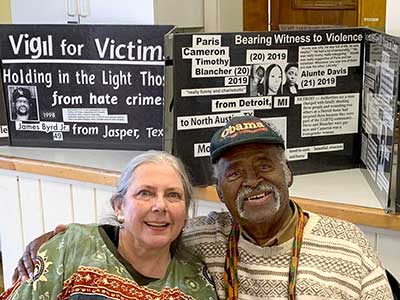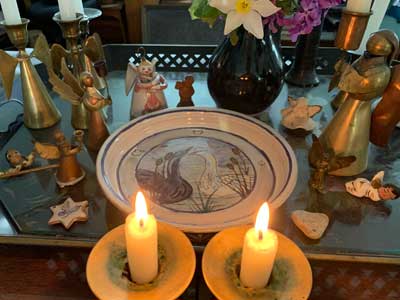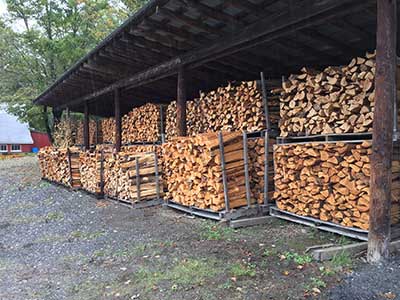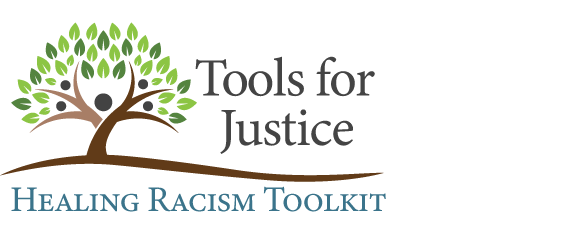by Christer Petley | November 2018
As elsewhere in the Americas, the right of masters in Jamaica to punish slaves was enshrined in law, and the violence that sustained slavery went far beyond whipping. Punishments could include amputation, disfiguring, branding and more. … Privileging some enslaved people above others was another effective means of sowing discord. Slaveholders encouraged complex social hierarchies on the plantations that amounted to something like a system of ‘class’. At the top of plantation slave communities in the sugar colonies of the Caribbean were skilled men, trained up at the behest of white managers to become sugar boilers, blacksmiths, carpenters, coopers, masons and drivers. Such men were, in general, materially better-off than field slaves (most of whom were women), and they tended to live longer.
TAGS: [Assumptions] [2010’s] [Slavery] [History] [White Supremacy] [White Culture] [White Privilege] [Silencing POC] [Systemic Racism] [Economics] [Denial]
by Carol Kuruvilla | July 2020
It wouldn’t be hard for many white Christians to find examples of white supremacy’s claims on their own family’s trees, Jones said. But white Christians’ image of themselves and their religion has been warped by what Jones calls “white-supremacy-induced amnesia.” Jones wrestles with that amnesia in his new book, “White Too Long: The Legacy of White Supremacy in American Christianity.” He argues that white Christians ― from evangelicals in the South to mainline Protestants in the Midwest to Catholics in the Northeast ― weren’t just complacent onlookers while political leaders debated what to do about slavery, segregation and discrimination. White supremacist theology played a key role in shaping the American church from the very beginning, influencing not just the way denominations formed but also white Christians’ theology about salvation itself.
TAGS: [Assumptions] [2020’s] [Faith-Based/Spiritual] [History] [Slavery] [Systemic Racism] [White Supremacy] [White Blindness] [White Privilege] [Police Shootings] [Accountability] [Politics]
by Jeff Gammage and Maddie Hanna | July 2020
James Logan was not just a colonial statesman and Philadelphia mayor. He was an architect of the infamous “Walking Purchase,” a scheme in which he and others swindled the original Lenape inhabitants out of perhaps a million acres of land in 1737. “You see these things every single day,” said Mach, 33, a University of Pennsylvania doctoral student who studies how Native Americans are represented in museums. “This stuff is just everywhere.”
Across the United States, the Black Lives Matter protests against racism and police violence have also ignited new discussions and demands over the use of Native images, symbols and mascots, and the future of monuments to men who harmed and killed indigenous people.
TAGS: [Assumptions] [2020’s] [Myths] [Systemic Racism] [Indigenous] [Policing] [History] [Economics] [White Culture] [White Supremacy] [Confederate Monuments]
by Becky Little | August 2019
To understand what Abrams is up against in November, when she’ll compete against two Republican men in a red state that has only elected white men, it’s useful to look at the state’s history of white supremacy and how that legacy affects Georgians today. One county in particular shoulders an especially egregious past. The northern county of Forsyth, one of Georgia’s 10 most populous, leans heavily white and conservative. Its demographics are shaped by an event that happened in 1912, when white people forced out all 1,098 of Forsyth’s black residents, who comprised about 10 percent of the population at the time.
TAGS: [Racial Terrorism] [2010’s] [History] [White Supremacy] [White Culture] [White Defensiveness] [Racial Covenants] [Denial] [Housing] [Accountability] [Policing]
by John Blake | August 2020
Angry White parents gripping picket signs. People making death threats and a piece of hate mail reading “Blacks destroy school systems.” Community panic about school desegregation orders. But this wasn’t archival footage of White Southerners from the 1960s. This took place last year in Howard County, Maryland, a suburban community that prides itself on racial integration. It was there that progressive White parents mobilized with other groups to try to stop a school integration plan that would bus poor students, who were mostly Black and brown, to more affluent, whiter schools.
TAGS: [Strategies] [2020’s] [White Supremacy] [Silencing POC] [Systemic Racism] [White Privilege] [Black Lives Matter] [White Culture] [Economics] [Accountability] [White Defensiveness] [White Blindness]
by Jessica Sager | June 2020
White centering is putting your feelings as a white person above the Black and POC causes you’re supposed to be helping. Layla F. Saad explains in Me and White Supremacy, “White centering is the centering of white people, white values, white norms and white feelings over everything and everyone else.” White centering can manifest as anything ranging from tone policing and white fragility to white exceptionalism and outright violence.
TAGS: [Individual Change] [2020’s] [White Fragility/Tears] [White Culture] [White Privilege] [Tips-Dos/Don’ts] [Systemic Racism] [White Supremacy] [Silencing POC]
